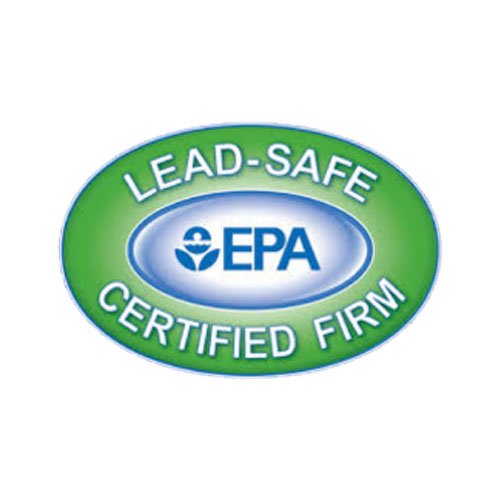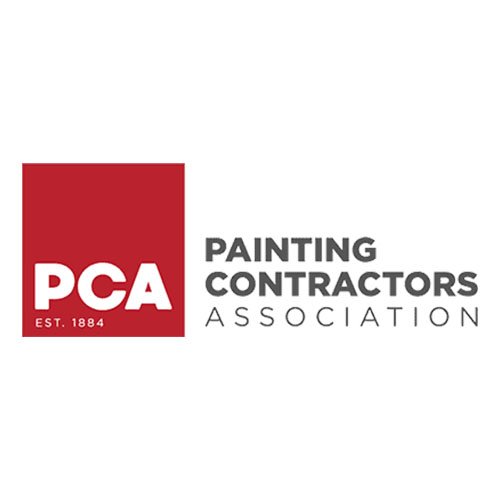A fresh coat of paint can increase your home’s sale price by up to 3%, or up to $9,000 on a $300,000 house.
Whether you want to sell your home, update your color scheme, or just want to keep up with maintenance, you’ll eventually need to paint. If you waited until late summer or fall, you may be worried you missed your opportunity.
We’ll show you why fall in Massachusetts can be a great time to paint. Ideal painting temperatures, moderate humidity, and enough days without rain mean you can take advantage of the end of the season.
Painting Season in New England
As in most parts of the country, summer is the most popular season for exterior painting in New England. Spring painting can usually start in early April.
Exterior painting is still possible in the fall. Some companies stop their exterior painting in early October. Others will keep working well into November. The later into the season you wait, the harder it will be to find a professional company to do the job.
You can paint the interior of your home any time of year. You can control the inside temperature and humidity to create the right conditions for painting. Most companies focus on interior painting in the winter when weather conditions are too difficult for exterior work.
How Massachusetts’ Climate Affects Painting Season
The climate in Massachusetts can make exterior painting a challenge no matter when in the season you plan your project. Climatic characteristics include:
- Abrupt changes in the weather
- Large temperature ranges, both daily and annual
- Relatively equal precipitation throughout the year (no wet or dry season)
Even during the summer, storms and rain can delay your project.
On the positive side, temperatures in the summer and fall are usually mild. As an example, here are the average high and low temperatures for Framingham in late summer and early fall:
- 82ºF/61ºF (August)
- 74ºF/52ºF (September)
- 63ºF/40ºF (October)
The changeability of fall weather causes more problems for exterior painting than the temperatures themselves.
Despite the rapid changes in the weather, you’ll likely still be able to schedule a painting company and complete your project. Keep in mind that if you wait until late in the season to try to find painters, they may be busy with earlier projects that were delayed by the weather.
The best time to book professional painters for a job in the fall is early in the season. They will be better able to accommodate your scheduling preferences.
Ideal Painting Temperatures
The best temperatures for painting depend on what type of paint you’re using. For oil-based paint, the temperature should be between 40 and 90 degrees Fahrenheit. Latex paint is water based, so the temperature should be between 50 and 85 degrees Fahrenheit. You’ll probably be using latex paint for most residential projects.
Fall weather in Massachusetts generally has plenty of days with temperatures in the ideal range for painting. Staying within the extremes of the recommended temperature ranges is better. The surface temperature of your walls can be higher or lower than the air temperature.
Too Cold
Painting when the temperature is too cold means the paint won’t cure properly because it takes longer to dry. The paint can crack, peel, or bubble. Oil paints get thicker when the temperature is too cold, which makes them more difficult to use. The application is heavier, so you get less coverage per gallon. Latex paint can freeze at low temperatures because it is water based.
Too Hot
Painting when the weather is too hot means that the paint won’t stick to the wall surface. It dries too rapidly to adhere. The paint can blister, crack, and peel.
Additional Temperature Considerations
Keep in mind that it isn’t just the temperature when the painters are actually working the matters. Most paints need at least 24 hours to cure. If the temperature drops too low at night, the paint may not cure properly. Professional painters will try to ensure that temperatures will be in the ideal range for 72 hours. The paint will dry properly, and a second coat or any touch-ups will also have time to cure.
Some paint manufacturers like Sherwin Williams and Benjamin Moore have designed special paints for applying in cold weather. These products are rated for use to 35 degrees Fahrenheit.
Other Factors That Affect Painting Late in the Season
Several climatic factors in addition to temperature affect painting late in the season.
Moisture
Precipitation is possible at any time of year in Massachusetts. The surfaces you’re planning to paint need a couple of days to dry after it rains. The moisture content of the wood should be less than 16%. Professional painters will use a moisture meter to verify the moisture content.
The paint needs at least 4 to 8 hours of dry weather after it’s applied.
Some homes in Massachusetts have a chronic moisture problem. If your house has problem areas, you may need to replace them before painting.
Humidity
Paint will dry best if the humidity level is between 40 and 70 percent. Some humidity is actually good to help the paint dry evenly. If the humidity is too high, latex and oil-based paints can become discolored. The paint takes longer to cure and has a lower quality finish.
Wind
Ideal exterior painting conditions have little to no wind. Even a light wind can make latex paint dry too quickly. Wind can also blow dust and other debris into your paint job.
Your Late-Season Painting Job
If you waited until late in the season for your painting project, it’s not too late. Having ideal painting temperatures may be the first consideration that comes to mind, but other factors are also important.
Massachusetts weather usually has enough rain-free days with the right combination of temperature and moderate humidity for your painting job to turn out well.
Finding the right painting professionals will ensure that you are more than satisfied with your new paint. Contact us today for a free quote.








